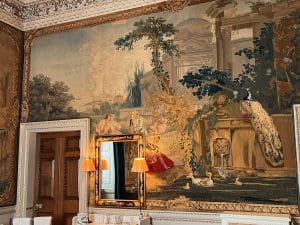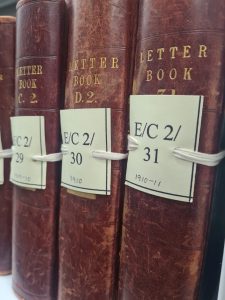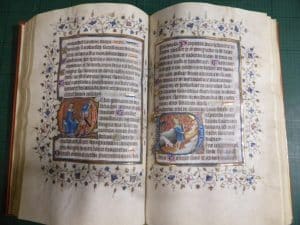Collecting Charles James Fox
September 13, 2021 | Learning | 5 minute read
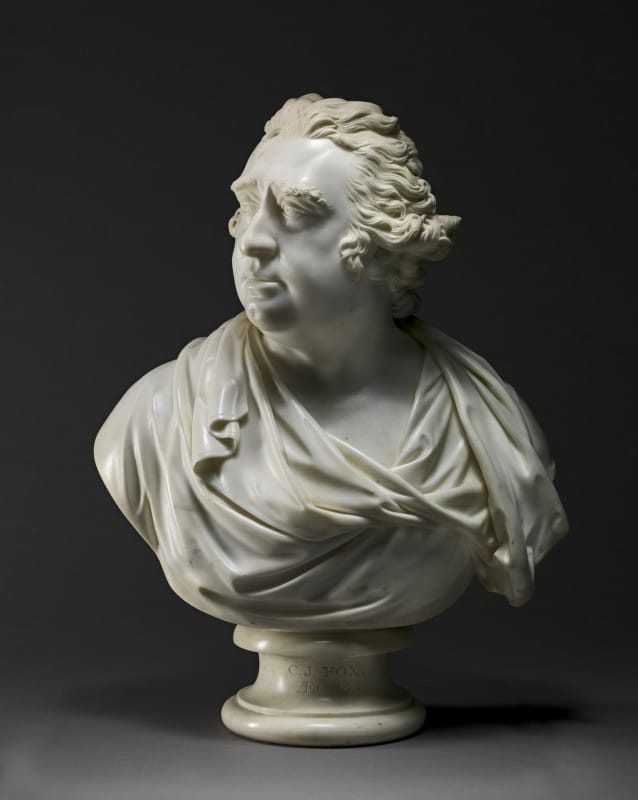
Headline image – Charles James Fox by Nollekens (Wikimedia commons, Yale Centre for British Art)
On the 13th September 1806, the great Whig statesman Charles James Fox passed away. He was only 57 years old, and his autopsy revealed a hardened liver, 35 gallstones, and around seven pints of transparent liquid in his abdomen. Famed for his excessive drinking and gambling, it was likely this lifestyle that killed him.
Fox’s political career, however, was one of the most celebrated of the age. Fox was often pitted as the arch-rival to the then Tory Prime Minister, William Pitt the Younger; both men had taken up the gauntlet from their respective fathers – Henry Fox, 1st Baron Holland, and William Pitt the Elder – who had similarly been great political rivals.
Fox first entered Parliament in 1768 as MP for Malmesbury (the borough was abolished in 1885). Initially he held quite conservative views, but following the outbreak of the American War of Independence, he became one of the most radical members of the Whig Party, and a committed opponent of the King. He was a vocal supporter of the American Patriots, and later of the French Revolution, as well as being an anti-slavery campaigner, and advocate of religious tolerance.
Fox has a connection to Holkham through the person of Thomas William Coke. The two men were great friends and political allies, with Coke being one of Fox’s staunchest allies throughout his parliamentary career.
To reflect his support for his great friend, Coke acquired a number of portraits, which are still displayed at Holkham today. In 1804 Coke commissioned the artist John Opie (1761-1807) to paint Fox. This full-length portrait shows him in the ‘Fox Livery’: dark coat, buff waistcoat and breeches. Now displayed in Strangers’ Wing, this portrait was originally hung in pride of place in the Saloon, paired with Gainsborough’s portrait of Thomas William Coke. The portrait by Gainsborough (which you can see being restored here) celebrates Coke’s opposition to the American War of Independence, a position shared by Fox. These two works hung together in the Saloon until the late 20th Century, when the 7th Earl set about restoring the original mid-18th Century picture hang.
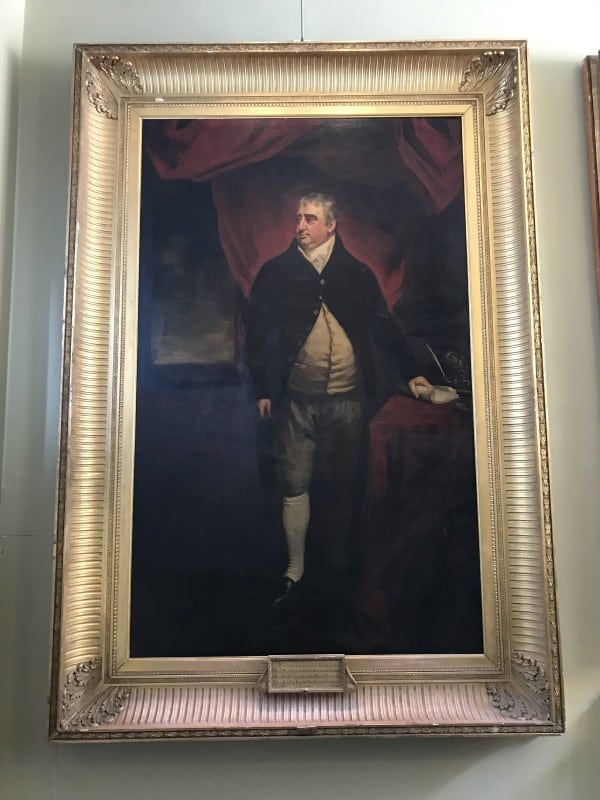
Another portrait of Fox in the Holkham collection is a marble bust by the sculptor Joseph Nollekens (1737-1823), completed in 1792. Nollekens made an incredible number of busts of Fox, the most famous example being that sent to Russia in 1791 for Catherine the Great. Other examples were created for the mausoleums at Wentworth Woodhouse, and for Lord Robert Spencer, now in the collection of the Yale Centre for British Art. It is likely that Coke commissioned this piece from Nollekens; in the collection there are there are three further busts by Nollekens depicting other members of Coke’s circle, all created between 1792 and 1803. The earliest reference to any of these works being at Holkham is 1817, in the published guidebook of that year. All four busts were previously prominently displayed, the bust of Fox being placed over the fireplace in first the South Drawing Room, and later the Saloon; today it can be seen in the Vestibule, along with the other works by Nollekens.
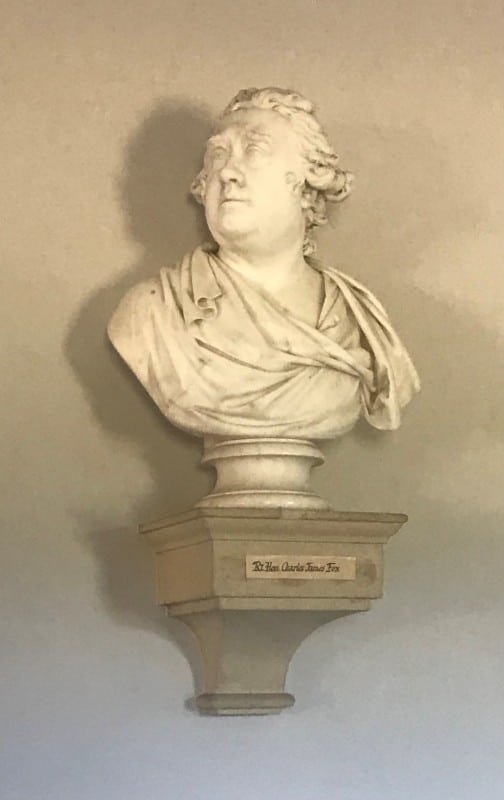
The final portrait of Fox which can be found in the collection was the last to be acquired, but ironically, is one of the more celebrated pieces in the Hall. This portrait of Fox by Joshua Reynolds (1723-1792) only found its way to Holkham in 1829. It was originally owned by John Crewe, 1st Lord Crewe (1742-1829), who had acquired it directly from Reynolds, either as a gift or a purchase. Crewe bequeathed it to Coke on his death, to celebrate both men’s friendship of Fox. It can be seen hanging in Strangers Wing at the Hall today. The painting itself was completed around 1784; the papers on the table were entitled the East India Bill – in which Fox would be defeated by the King – and the ‘Representation of the Commons to the King March 15th 1784’. They were added by Reynolds in 1784, shortly before the painting was exhibited, in order to paint Fox as defiant in the face of the King.
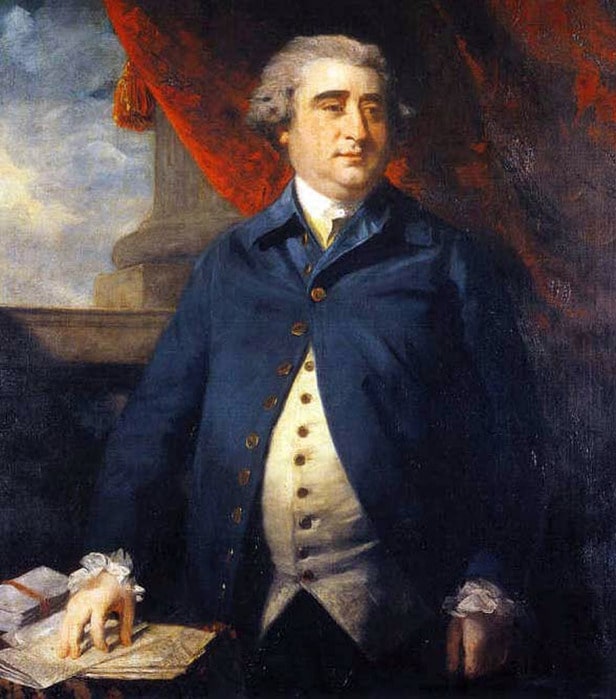
View all latest blog posts here.
Back to Journal Back to Journal